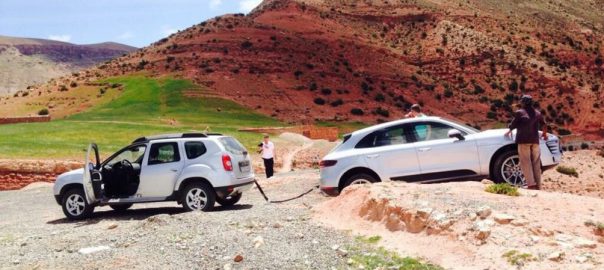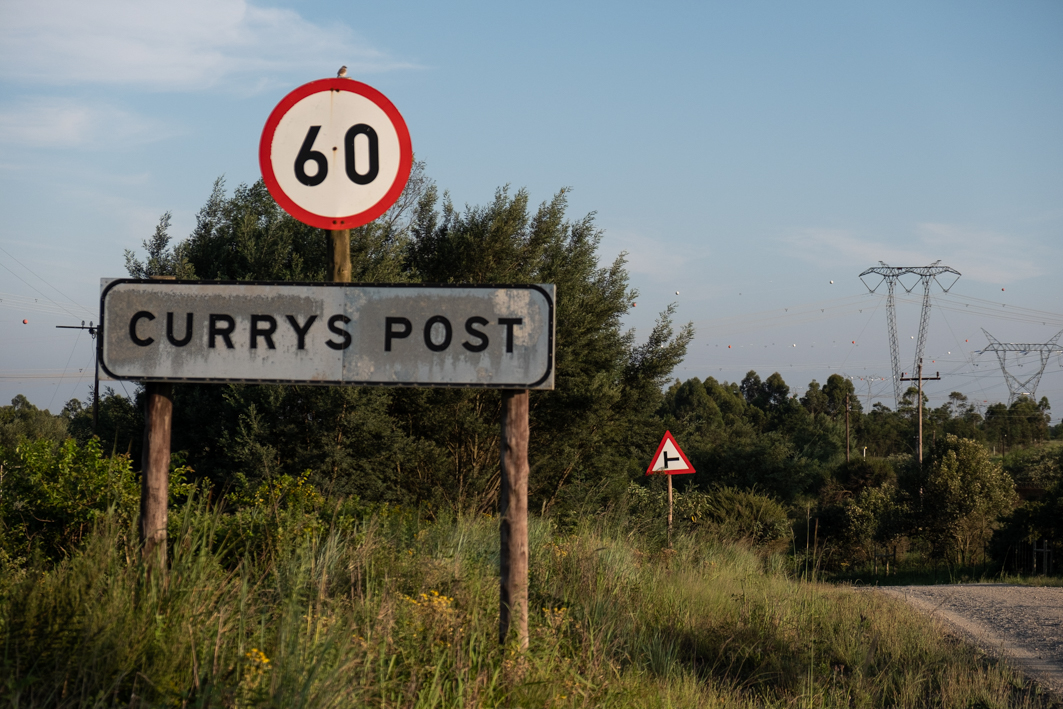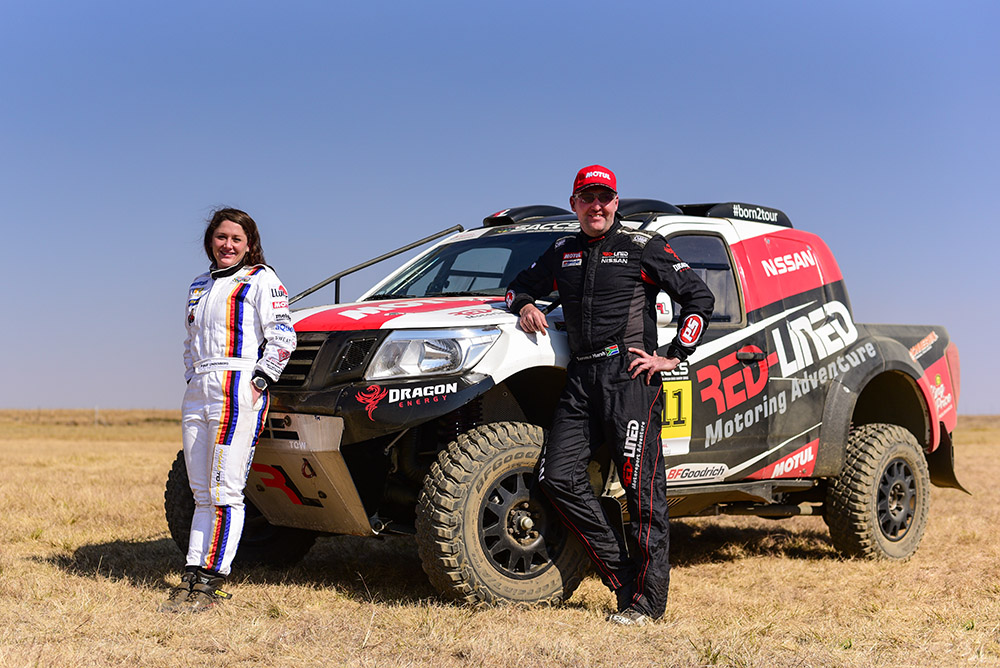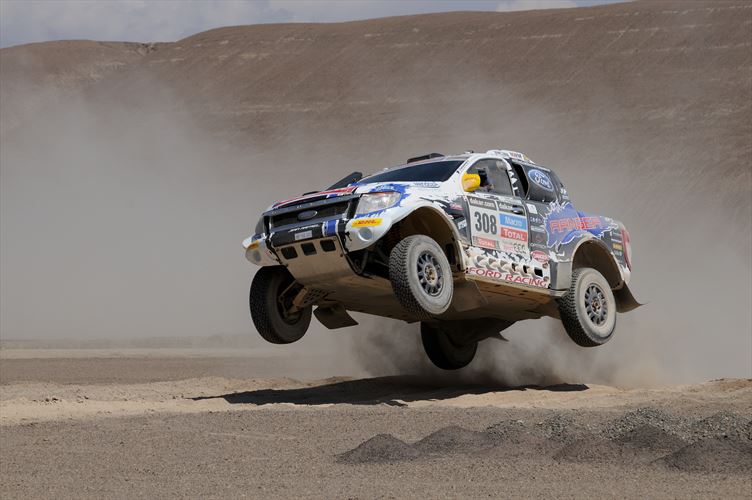YouTube and social media websites have been abuzz with clips of failed vehicle recoveries, many of them hilarious, but some showing just how easily the exercise can cause injuries and even death.
Leisure Wheels has published many articles on recovery procedures – the proper techniques, what to do and what not to do– and yet accidents continue unabated.
I cannot emphasise enough the need for proper training in recovery techniques before off-road enthusiasts head off into the bush. There are many academies and motoring clubs that offer good courses which cover the basics, safety and also the more advanced techniques. It is well worth the expense of taking one of these courses.
I recently called in at SecureTech to have coffee with Michael Green and his team, and to discuss their guidelines for recoveries.
SecureTech recommend standards for off-road vehicle recovery aimed at reducing the risk of injury and damage to vehicles.
While it is not envisaged that these standards will ever be embodied in legislation, given that efforts to achieve this have apparently come to nothing, the use and sale of straps, ropes and all forms of recovery equipment should comply with the Consumer Protection Act, Safety at Events Act and the Occupational Health & Safety Act.
In the training environment, the instructor is ultimately responsible for safety.
In terms of the actual recovery process, the nominated “leader” should be responsible for the safe recovery operation, the allocation of responsibilities and the safety of anyone involved in the exercise.
As a guide, prior to the purchase of an item, the packaging should at least contain pertinent information about the equipment, such as:
- The manufacturer’s name and logo, and full contact details.
- A description of the product, with guidelines on how to use it.
- The minimum breaking strength in metric units, where applicable.
- A recommendation that the minimum breaking strength of the strap should be at least four times the vehicle’s gross mass.
Owners must not use a strap or rope for lifting.
- Users must check that the strap, rope or cable is not damaged or worn, bearing in mind that the strength and stretch are reduced when they are wet or torn. This applies to items made from polyamide.
A recovery blanket should be draped over the strap, rope or cable during use, to stop it from rebounding in the event of failure. There should be a blanket at each end and one in the middle for extra safety. Special attention should be given to any potential point of failure.
People should stay a safe distance away from the vehicles during the recovery process – at least one-and-a-half times the length of the outstretched strap, cable or rope — and never stand in the path of a vehicle.
The following information should be stitched or attached permanently to items such as straps, blankets, bridles and lanyards:
- The type of equipment (i.e. snatch, winch or tow strap).
- Batch code or serial number.
- Minimum breaking strength in metric units.
- A recommendation that the minimum breaking strength of the strap should be four times the vehicle’s gross mass (GVM). It follows that the equipment must be suited to the GVM of the vehicle being recovered.
These are also rather important definitions to consider:
- Recovery rope/strap. Used to recover lightly stuck vehicles – the first line of defence.
- Kinetic rope/strap. Used to recover severely stuck vehicles, using the kinetic capability of the rope or strap (snatch). Remember that standard tow straps are used for towing vehicles on tar or gravel roads. They are not designed for recovery.
- Rated alloy bow shackle. A bow-shaped shackle with a screw pin that carries the rating on the body and meets US federal specifications (or better), used to attach recovery equipment to professionally fitted recovery points.
- Minimum breaking strength: the minimum load necessary to cause the strap to fail.
- Gross vehicle mass (GVM): the maximum loaded mass of a vehicle as stated on the registration certificate, or with the model identification in the engine compartment, or in the vehicle handbook.
To ensure a smooth recovery, the instructor or nominated leader should carefully plan the recovery, including measures to
- Assess the situation
- Attend to any injured
- Secure vehicle
- Assess available equipment
- Decide on equipment and method of recovery
- Allocate responsibilities
- Pay attention to safety in respect of bystanders and participants
- Dampening of ropes, straps and cables
- Use of lanyards and bridles where necessary
- Inspect straps, ropes and cables for any kinks or tears/abrasion that may cause a failure
- Use only professionally fitted recovery points
- Do not use standard tow balls as attachment points
- Alloy rated bow shackles are recommended
- Prepare terrain and vehicles where mud and sand can be removed to facilitate a smooth recovery
- Decide on hand signals to be used
- Wear leather gloves at all times
My visit to SecureTech turned out to be a worthwhile exercise. We will post a PDF version of recommended recovery procedures in case anyone would like to download it. – Glyn Demmer








